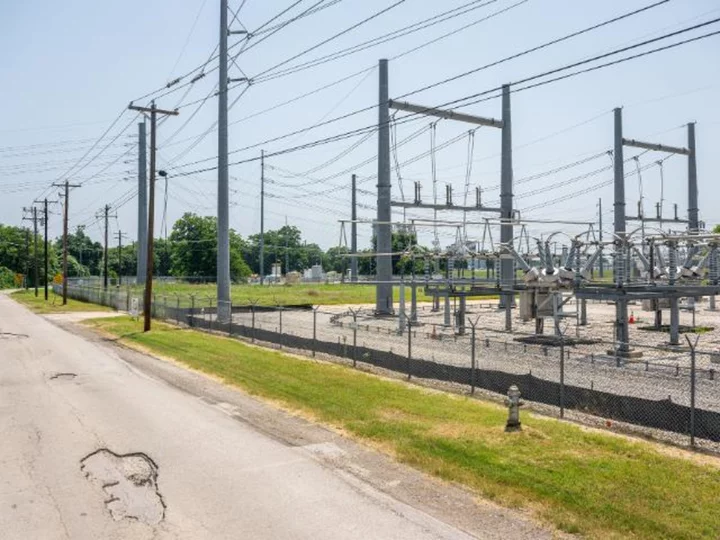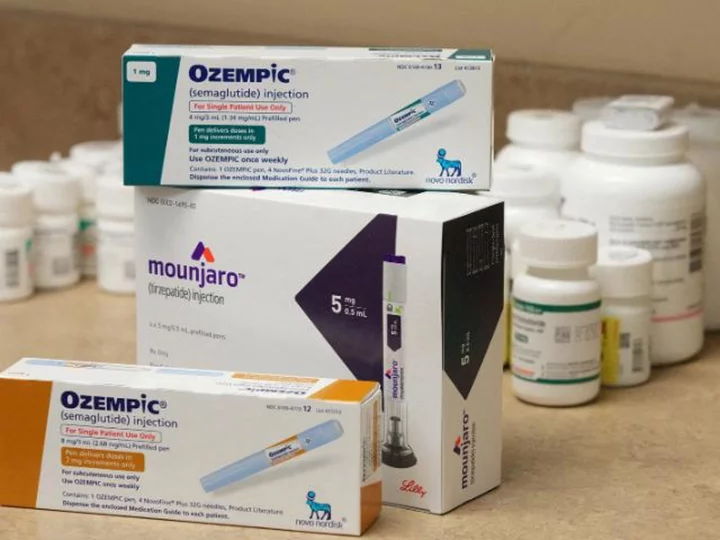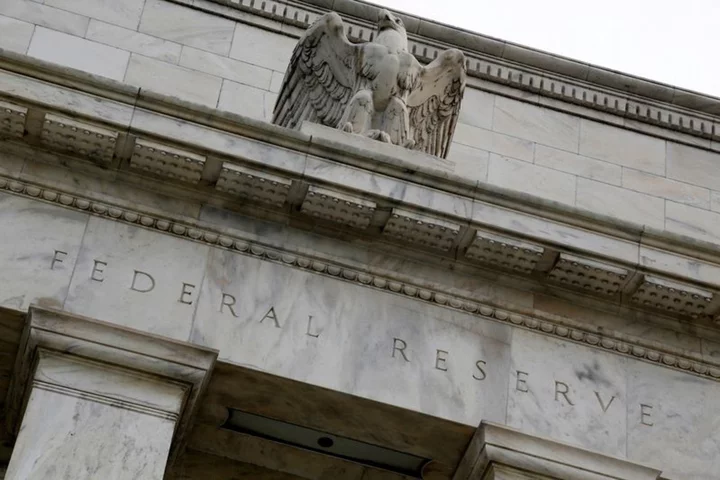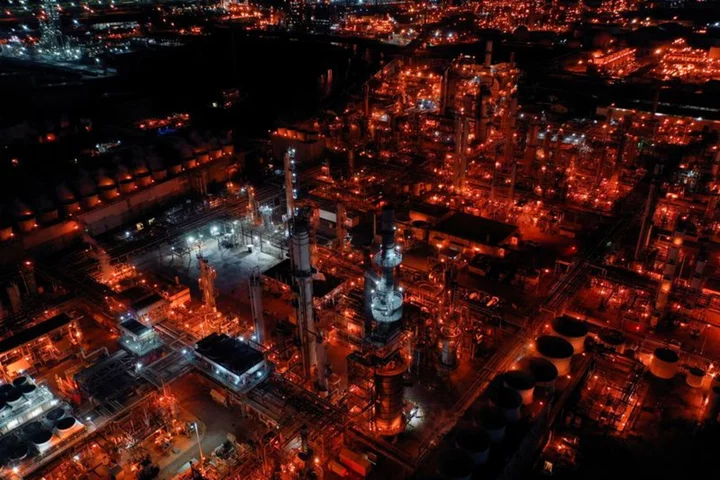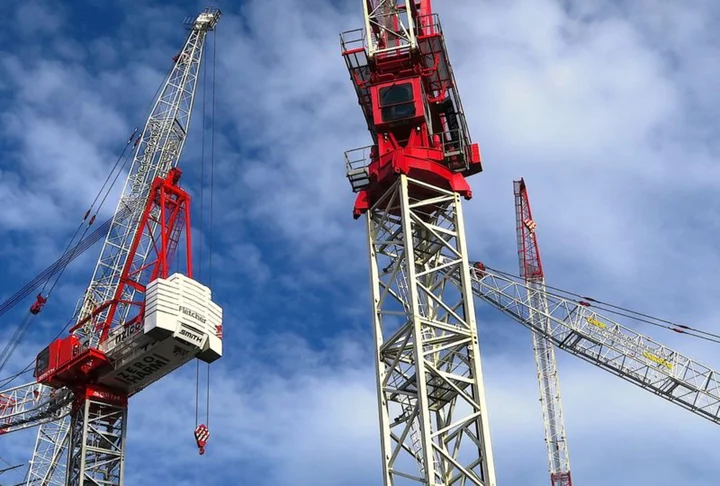The heatwave leaving tens of millions of Americans in sweltering temperatures will test the power grid's ability to keep the lights on.
Periods of extreme heat stress the grid by spiking demand for electricity as families and businesses crank up the air conditioning to stay cool. Just as demand surges, supply can simultaneously be constrained by problems at power facilities caused by those same sizzling temperatures.
Power grid officials have warned that large swaths of the United States could face blackouts if it's a hot summer.
"Two-thirds of North America is at risk of energy shortfalls this summer during periods of extreme demand," the North American Energy Reliability Corporation (NERC) concluded in its summer outlook published last month.
According to NERC, virtually the entire United States west of the Mississippi River could suffer energy shortages during "extreme conditions." That includes the Western half of the United States, the Central region and the power system that serves most of Texas. New England and Ontario are also at "elevated" risk of blackouts, NERC said.
"The elevated risk outlook is driven by a combination of conventional generation retirements, a substantial increase in forecast peak demand and an increasing threat to reliability from a widespread heat event," NERC said.
The good news is that officials believe the entire power grid should have enough power to meet normal peak summer demand this year. The risk of blackouts comes into play only if there is extreme heat.
But many Americans in the South and Central regions of the United States are dealing with extreme heat right now. Almost 40 million people from Arizona to Alabama are under excessive heat warnings and heat advisories on Monday.
In the deserts and West Texas, forecasters are warning of temperatures above 110˚F. Some locations could reach or feel like 120˚F. Meteorologists say the heat wave could continue through the beginning of next week.
And more could be on the way: Large parts of the United States are at risk of hotter-than-average temperatures over the next three months.
According to the most recent forecast from the National Oceanic and Atmospheric Administration, much of the Pacific Northwest, Southwest, Texas, Southeast, Mid-Atlantic and Northeast have the highest probability of above average temperatures in the next 90 days.
There are several X-factors that could determine whether the power grid holds up or not.
One issue is that as coal power plants retire, parts of the power grid are increasingly reliant on cleaner sources -- namely wind and solar -- to meet high demand. But conditions don't always allow these renewable sources of power to generate as much electricity as needed.
"The intermittent nature of wind power (wind turbines only generate electricity if the wind is blowing, and how much electricity they generate depends on how windy it is) present operational challenges for grid operators," analysts from the US Energy Information Administration wrote in a report on Monday. "Low wind and high demand periods could result in energy emergencies."
Wind plays a central role in meeting demand in Texas as well as the two power grid regions that cover most of the central part of the United States. Drought conditions and low levels of major reservoirs could also hurt hydro power generation.
NERC also flagged concerns about new environmental rules that restrict power plant emissions, warning these regulations will limit the operation of coal-fired generators in 23 states, including Nevada, Utah and states along the Gulf Coast, mid-Atlantic and Midwest. This is the first summer since the implementation of the EPA's Good Neighbor Plan, which aims to reduce cross-state smog from power plants and other industrial sites.
The power grid is also grappling with supply chain and worker shortage problems that have cause some power facilities to delay or cancel maintenance aimed at getting the system primed for summer.
Specifically, NERC warned that low inventories of replacement transformers could derail efforts to restart power facilities following hurricanes and severe storms.

